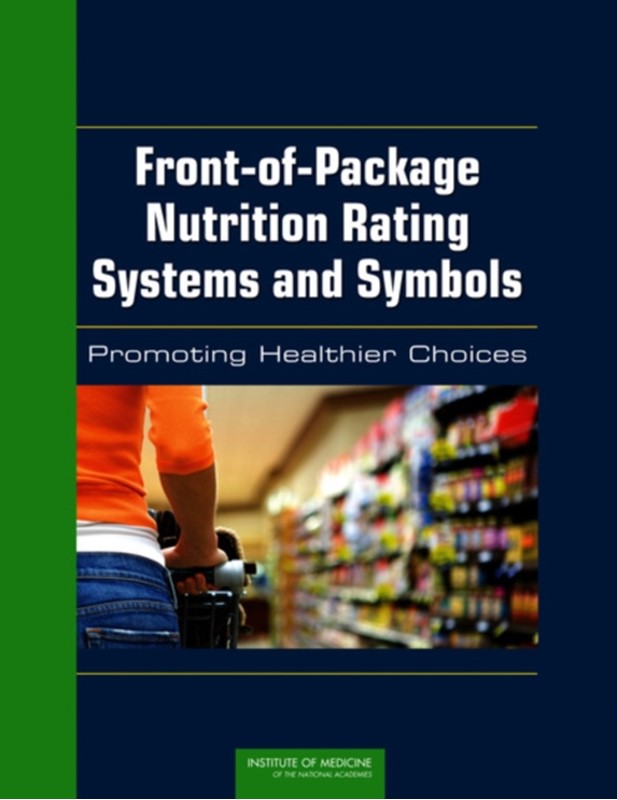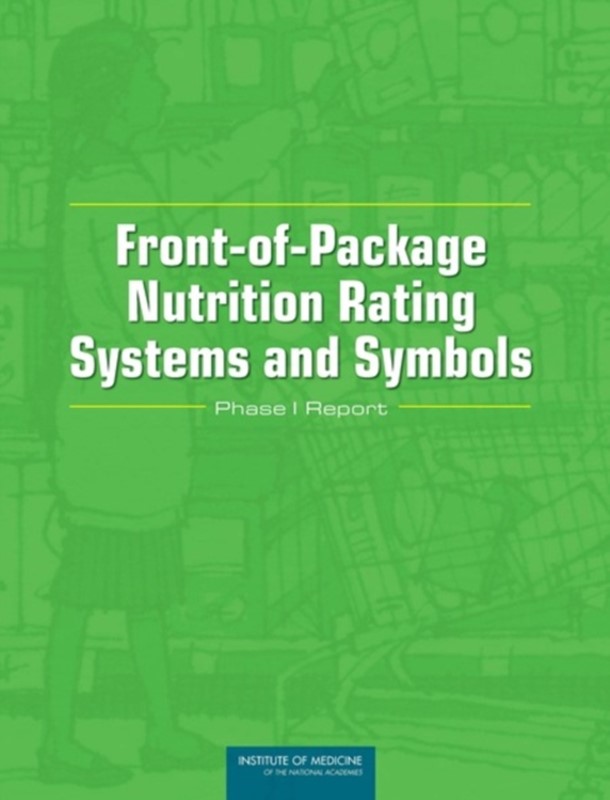Sustainable Critical Infrastructure Systems - Board On Infrastructure And The Constructed Environment - Bog - National Academies Press - Plusbog.dk
For the people of the United States, the 20th century was one of unprecedented population growth, economic development, and improved quality of life. The critical infrastructure systems-water, wastewater, power, transportation, and telecommunications-built in the 20th century have become so much a part of modern life that they are taken for granted. By 2030, 60 million more Americans will expect these systems to deliver essential services. Large segments and components of the nation's critical infrastructure systems are now 50 to 100 years old, and their performance and condition are deteriorating. Improvements are clearly necessary. However, approaching infrastructure renewal by continuing to use the same processes, practices, technologies, and materials that were developed in the 20th century will likely yield the same results: increasing instances of service disruptions, higher operating and repair costs, and the possibility of catastrophic, cascading failures. If the nation is to meet some of the important challenges of the 21st century, a new paradigm for the renewal of critical infrastructure systems is needed. This book discusses the essential components of this new paradigm, and outlines a framework to ensure that ongoing activities, knowledge, and technologies can be aligned and leveraged to help meet multiple national objectives.

















































